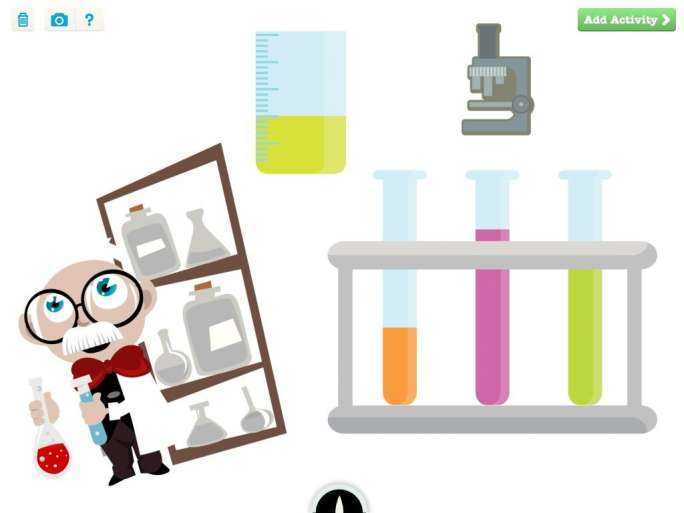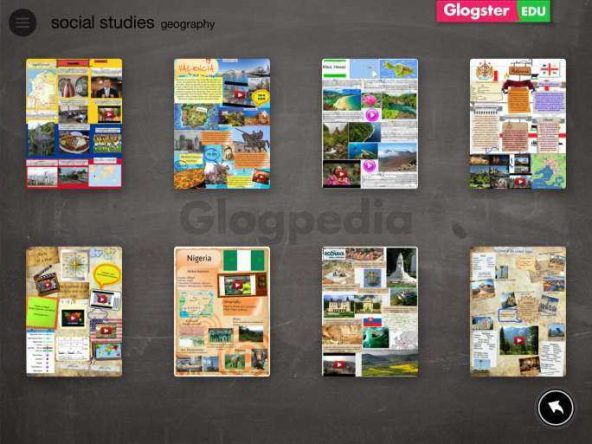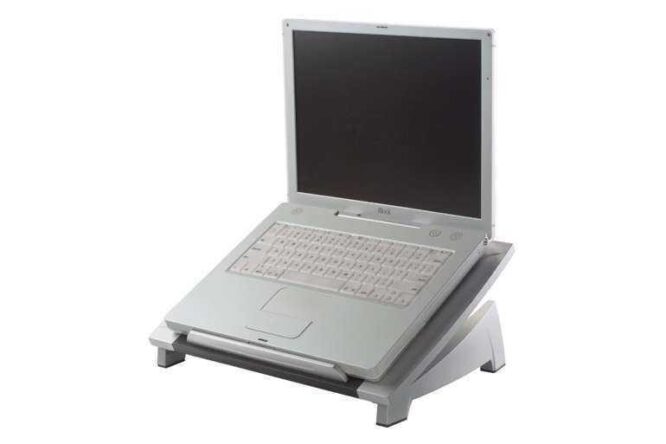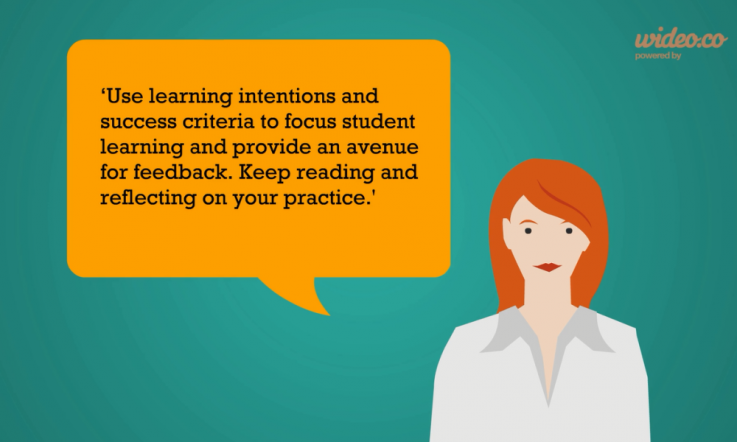TinyTap is free for Apple and Android devices and takes advantage of touch-screen technology to make games.
In its simplest form, students and teachers create a quiz-like game from photos on their device along with a question they have recorded. My students have taken photos of fractions and then recorded a question asking which image shows a certain fraction. The students making the game have to know the correct answer and trace around the correct fraction in the photo. Anyone who plays the game taps on the screen to receive feedback on their answer to the question.
TinyTap can be used by teachers to help students reinforce skills in areas such as Mathematics and English. However, the real power of the app is when the students become the game-makers. In my opinion, the primary purpose for using this in the classroom is to engage students in the higher order thinking skills of creating, evaluating, analysing and applying.

By recording questions about their learning, students are reflecting on what they know and what they need to learn. The task is open-ended enough to cater for students with different levels of knowledge yet motivates students to extend their knowledge so that they can make their game more challenging.
The app is fairly easy to use and could be introduced in the Early Years. You can make a successful game without utilising all of the features. Students have the option of recording a question with additional feedback comments for correct and incorrect responses, but the game also works well without the additional recordings. The Sound Board and Jump feature also make it possible for older students to create much more complex games and presentations. The subject matter can be almost anything as TinyTap is not limited to any curriculum content area or particular age group. There are excellent tutorials available on YouTube.
Overall, I think TinyTap is a very worthwhile addition to students’ iPads. As a free app it is surprisingly ad-free and the in-app purchases are discrete. It is appealing to younger students but customisable enough for older students to use to make more complex games or multimedia stories. Using iPads in this way ticks the Transformation quadrant of the SAMR model for using technology in the classroom. The uses are very broad, and it could become one of the go-to apps that students will choose to present their learning.
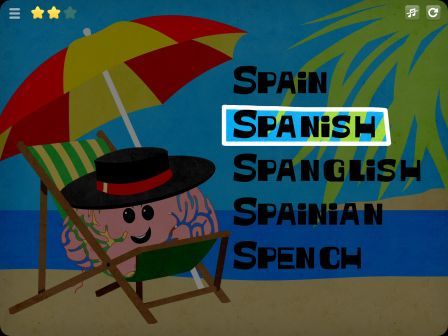
References
Puentedura, R. (2009). Frameworks for Educational Technology. Retrieved June 18, 2014 from http://www.hippasus.com/rrpweblog/archives/2014/04/27/FrameworksForEducationalTechnology_SAMRAndTheEdTechQuintet_CAIS.pdf
The views in this article are those of the author. Teacher magazine does not endorse any particular supplier.
Got any questions or comments for Lois? Engage with her directly on Twitter @loisath, or visit her blog at http://loisath.edublogs.org
